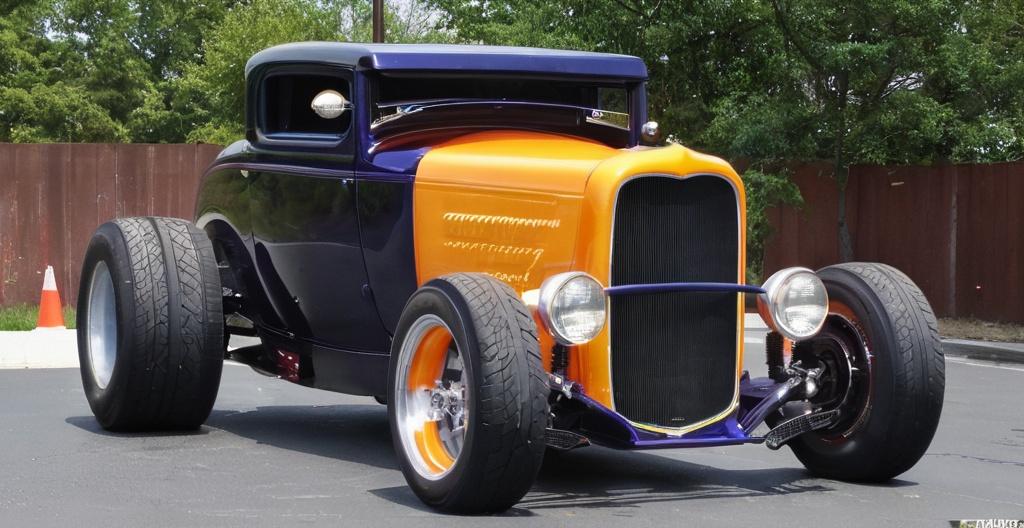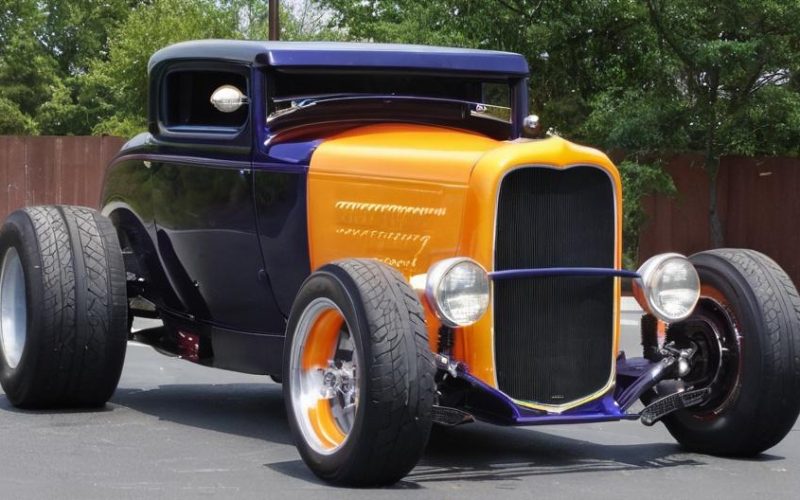Key Take Aways About The 1970s Street Rod Boom
- The 1970s saw a rise in street rodding, blending creativity with mechanical skill.
- Street rods evolved from hot rods, focusing on aesthetics and performance of pre-1949 cars with modern upgrades.
- Street rodding became a cultural movement with car shows and community events promoting personalization.
- Economic challenges fueled a DIY culture, emphasizing budgeting and mechanical proficiency.
- Technological advances led to enhanced customization, turning rodding into an art form.
- The 1970s street rod boom fostered a subculture that continues to influence modern enthusiasts.

The Rise of the Street Rods in the 1970s
The 1970s was a decade marked by considerable shifts in car culture, and street rodding had its own spotlight moment. The era, with its myriad of social changes and economic challenges, inspired a rugged enthusiasm among car enthusiasts to personalize and reinvent classic automobiles. Amid the flares and bell bottoms, street rods gained traction as a hobby that blended creativity with mechanical prowess.
Street Rod Origins
Street rodding originally drew from the hot rod craze of the 1940s and 1950s. While hot rods were primarily about speed and performance enhancements, street rods had a different flair. By the 70s, these vehicles were characterized more by a fusion of aesthetics with performance. It was as if a whole generation decided that classic cars deserved more than just a nod; they deserved a full makeover.
Street rods typically featured pre-1949 bodies with modern drivetrains and technical upgrades. The goal was not just to preserve them but to breathe new life into these automotive relics. Enthusiasts would painstakingly restore cars, like Ford coupes or Chevrolet sedans, injecting personal taste and contemporary technology into their build projects.
A Cultural Phenomenon
In the 1970s, street rodding wasn’t just about cars—it was a cultural movement. With the rise of car shows and events like the National Street Rod Association (NSRA) gatherings, these custom creations became centerpieces for community interaction. People from diverse backgrounds bonded over their mutual love for automobiles, exchanging ideas and techniques.
The essence of street rodding was about standing out and creating a personalized statement with one’s vehicle. And this wasn’t confined to just the professional tuners. The home mechanic, armed with a toolkit and a vision, was just as capable of building a jaw-dropping street rod.
Economic Impact and DIY Culture
The 70s brought economic pressures that made buying new cars an expensive affair, pushing many towards restoring older ones. And boy, did the street rod scene thrive on this! It encouraged a do-it-yourself culture, where individuals took pride in their mechanical skills. There was a certain satisfaction in rummaging through salvage yards for that perfect part or spending hours under a hood.
Rodding wasn’t just about automotive insights. It was a lesson in economics too. People prioritized budgeting, sourcing affordable parts, and occasionally bartering services. This financial savvy even translated into group buy-ins or swaps, forming a community that was as financially astute as they were mechanically adept.
Technological Growth
The mechanics behind street rods weren’t just about stick-a-new-engine-and-go. It involved embracing newer technologies while retaining the charm of yesteryears. By the 70s, advances were creeping into the forefront. Disc brakes, independent suspension systems, and more efficient engines saw street rodders pushing the boundaries of what these old bodies could manage.
While earlier street rodders focused on hammering out dents and throwing in a high-compression engine, this era brought in a certain finesse. Builders experimented with chopped tops, sleek paint jobs, and innovative dashboards. Customization became an art form, where the smallest detail spoke volumes about the owner’s personality.
Community and Collaboration
Club gatherings, rallies, and car shows became the meeting grounds for passionate discussions, collaborations, and competitions. It was like a big family reunion where everyone celebrated their shared passion. Clubs offered platforms for sharing knowledge and the latest trends, often sparking friendly rivalries.
The camaraderie didn’t just stay localized. It crossed state lines and even borders. With publications focused on street rodding springing up, the exchange of ideas became national. People were inspired by cars they’d only seen in magazines or heard about through word of mouth. This dissemination of information helped push the envelope further, with enthusiasts eager to outdo one another in creativity and craftsmanship.
Legacy of the 1970s Street Rod Boom
The impact of the street rod movement in the 70s is felt even today. The seeds planted during that decade have grown into a rich subculture that continues to thrive. Modern street rodders, while embracing advanced technology, still hold dear the ethos of the 70s: a balance between innovation and tradition.
As much as the modern automobile industry evolves, the allure of street rods remains timeless. Folks still yearn for that hands-on connection with their rides, the thrill of the build, and the satisfaction of transforming something old into something uniquely theirs.
The 1970s may have been a time of disco balls and lava lamps, but for car lovers, it was the era that celebrated the romanticism of the road, where every nut and bolt brought with it a sense of pride and accomplishment. Street rodding was a testament to human ingenuity—a blend of passion, skill, and a touch of rebellious spirit.
